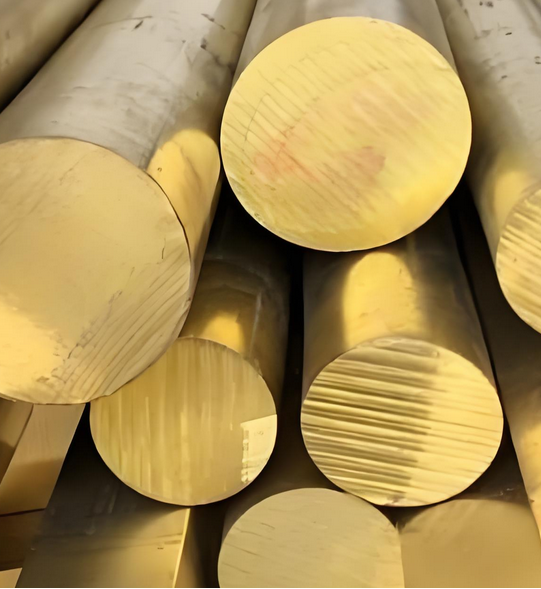Time to read: 6 min

Brass, an alloy primarily composed of copper and zinc, is renowned for its versatility and widespread use in various industries, including rapid prototyping and custom parts manufacturing. This guide explores the properties, types, and advantages of using brass in these processes, ensuring you make informed decisions for your projects.
Introduction to Brass Material
Brass is a metal alloy extensively used in manufacturing due to its unique combination of properties. It is highly malleable, corrosion-resistant, and aesthetically pleasing, making it an ideal choice for rapid prototyping and custom parts manufacturing.
Properties of Brass
- Malleability: Brass's high malleability allows it to be easily drawn into various shapes, beneficial for custom brass machining and 3D printing.
- Corrosion Resistance: Brass is naturally resistant to corrosion, especially galvanic corrosion from saltwater, due to its low iron content.
- Aesthetics: With a bright gold appearance, brass adds a visually appealing finish to products.
- Machinability: Brass is easy to machine, offering high ductility and flexibility.
- Tensile Strength: Despite its workability, brass maintains high tensile strength, ensuring durability.
- Electrical and Thermal Conductivity: Brass's high conductivity makes it suitable for electrical components.
Types of Brass
Brass is available in over 60 types, differentiated by crystal structure, zinc content, color, and other factors.
- Alpha Brass: Soft and easily cold-worked, with a face-centered cubic crystal structure.
- Beta Brass: Harder and stronger, with a body-centered cubic crystal structure, but less ductile.
- Alpha-beta Brass: A combination of both structures, offering balanced properties.
Available Grades of Brass
Different grades of brass cater to specific applications in rapid prototyping:
- Alloy 260 (70/30 Brass): Known for high ductility and resistance to dezincification corrosion.
- Alloy 280 (Muntz Metal): A high-strength brass suitable for marine and architectural components.
- Alloy 360 (Free-cutting Brass): Easy to cut and drill, with excellent machinability and corrosion resistance.
- Alloy 385 (Architectural Bronze): Highly machinable and used in architecture and art.
- Alloy 464 (Naval Brass): Offers high tensile strength and exceptional corrosion resistance in saltwater.
Pros and Cons of Brass in Rapid Prototyping
Pros:
- Aesthetic appeal and excellent appearance.
- High machinability.
- Excellent corrosion resistance.
- Good electrical and thermal conductivity.
- Low friction properties.
- Good recycling properties.
Cons:
- Prone to black tarnish, requiring regular maintenance.
- Susceptibility to dezincification with high zinc content.
- Potential for stress cracks over time.
Unofactory's Expertise in Brass Machining
At Unofactory, we specialize in CNC machining of brass materials, leveraging its desirable qualities for various applications. Our experts are ready to assist you with all brass-related services, ensuring the shortest lead time and highest quality.
Tips for Choosing the Right Brass Material
When selecting brass for rapid prototyping or custom parts manufacturing, consider the following:
- Appearance: Brass's color can vary based on copper and zinc composition.
- Strength: Evaluate the required tensile strength and its balance with machinability.
- Corrosion Resistance: Choose grades with higher corrosion resistance for applications in moist or saline environments.
- Machinability: Understand the trade-offs between ease of machining and material strength.
Conclusion
Brass's versatility and properties make it a popular choice in the CNC machining and rapid prototyping industry. Understanding the different types and grades of brass is crucial for selecting the right material for your specific needs. Unofactory is your partner for expert guidance and high-quality brass machining services.




